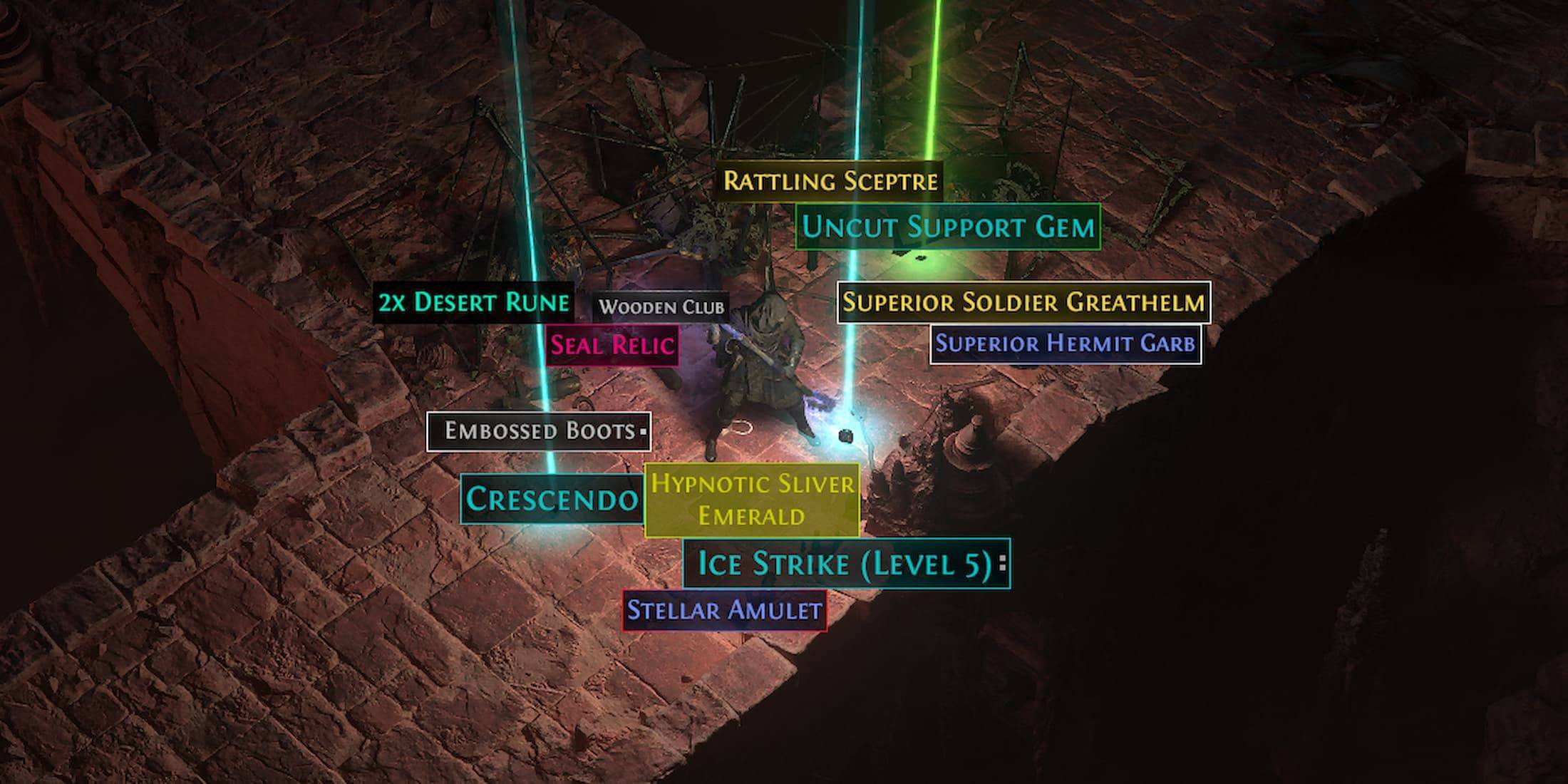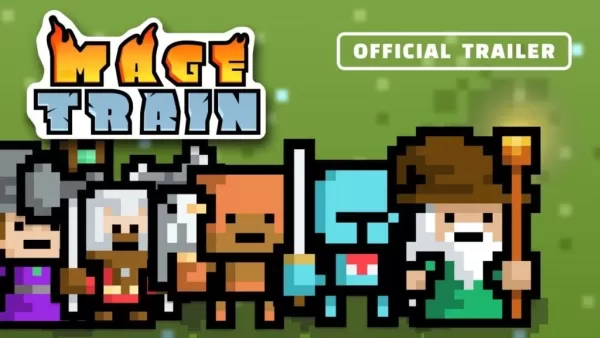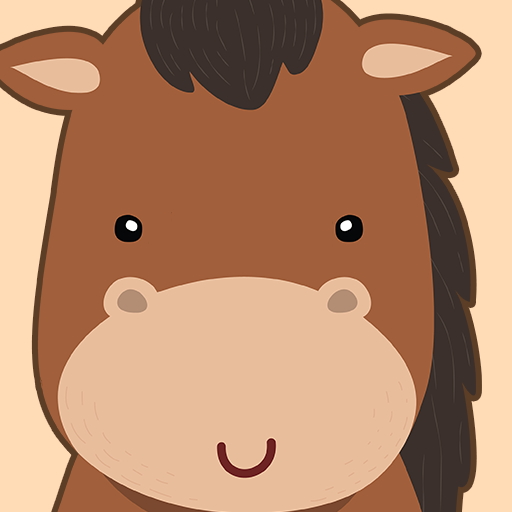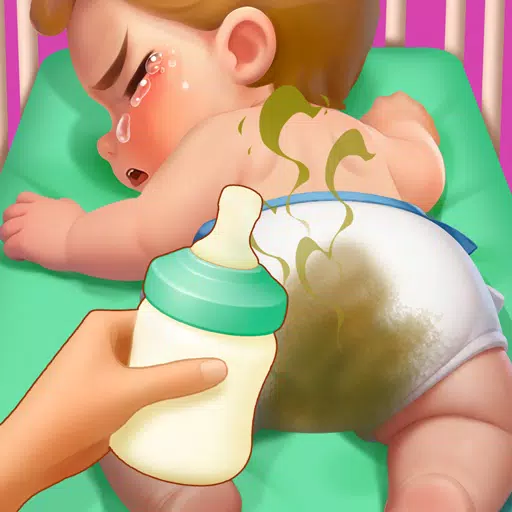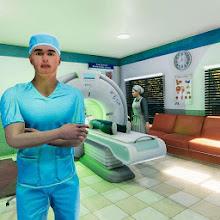Bringing a super-sized canine back from extinction after 12,500 years sounds like the plot of a thrilling movie, complete with special effects of gnawed flesh and buckets of fake intestines. However, this science fiction scenario has become a reality, thanks to the biotech company Colossal Biosciences. They have successfully revived three dire wolves, which are now residing in a secret location in the US.
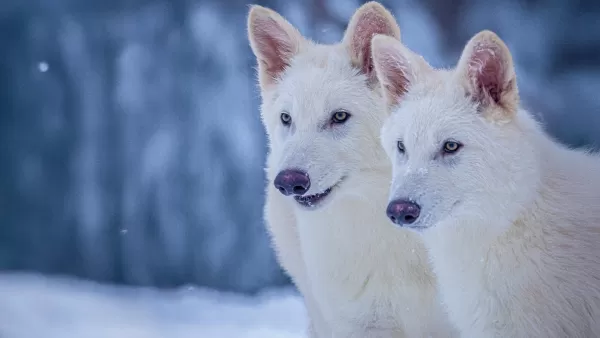 Romulus and Remus at three months old
Romulus and Remus at three months old
The minds behind this remarkable feat are the team at Colossal Biosciences, who combined the DNA of the common gray wolf with gene-editing techniques and used domestic dog surrogates to bring Romulus, Remus, and their younger sister, Khaleesi, into existence. These dire wolves embody the vision of any mother of dragons—enormous, white, and undeniably awe-inspiring.
“I could not be more proud of the team. This massive milestone is the first of many coming examples demonstrating that our end-to-end de-extinction technology stack works,” said CEO of Colossal, Ben Lamm.
“Our team took DNA from a 13,000 year old tooth and a 72,000 year old skull and made healthy dire wolf puppies. It was once said, ‘any sufficiently advanced technology is indistinguishable from magic.’ Today, our team gets to unveil some of the magic they are working on and its broader impact on conservation.”
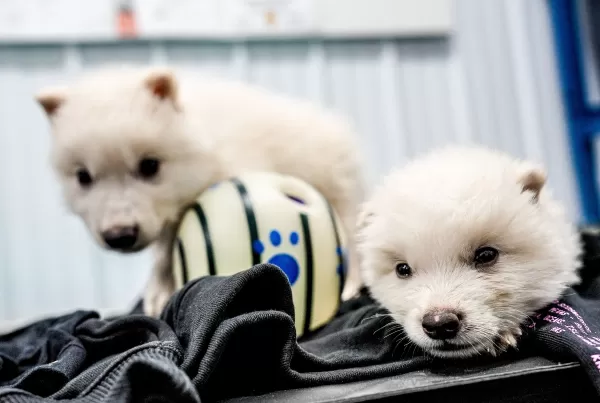 Romulus and Remus at one month old
Romulus and Remus at one month old
This isn't the first time Colossal Biosciences has made headlines. The company previously engineered a Colossal Woolly Mouse, resembling a mammoth phenotype, using computational analysis of 59 woolly, Columbian, and steppe mammoth genomes ranging from 3,500 to over 1,200,000 years old. Critics argue that the dire wolves are essentially normal wolves in fancy dress, suggesting that the existing dire wolf DNA isn't sufficient to create a true genetic clone.
However, Colossal Biosciences' ambitions extend beyond creating viral sensations and owning unique pets. The company aims to leverage its findings to enhance the preservation of current species for future generations.
“The de-extinction of the dire wolf and an end-to-end system for de-extinction is transformative and heralds an entirely new era of human stewardship of life,” said Dr. Christopher Mason, a scientific advisor and member of the board of observers for Colossal.
“The same technologies that created the dire wolf can directly help save a variety of other endangered animals as well. This is an extraordinary technological leap in genetic engineering efforts for both science and for conservation as well as preservation of life, and a wonderful example of the power of biotechnology to protect species, both extant and extinct.”
As for the dire wolves, Colossal Biosciences has collaborated with the American Humane Society and the USDA to ensure the suitability of their 2,000+ acre preserve, where Romulus, Remus, and Khaleesi live. These canine superstars are well cared for by a dedicated team of staff.




